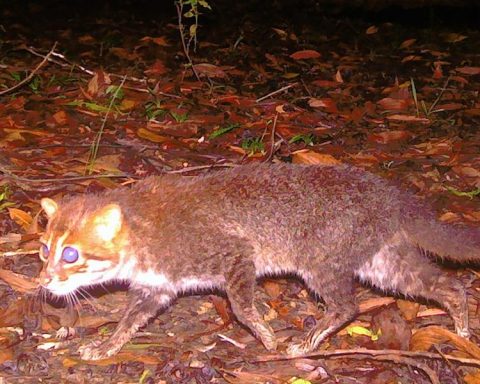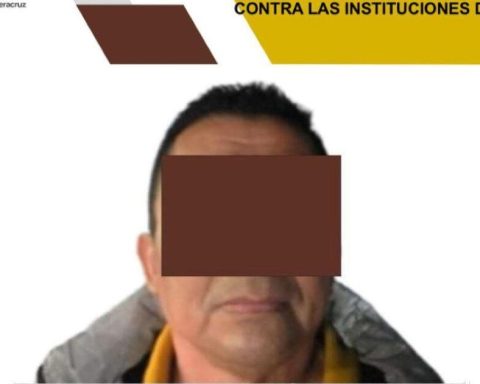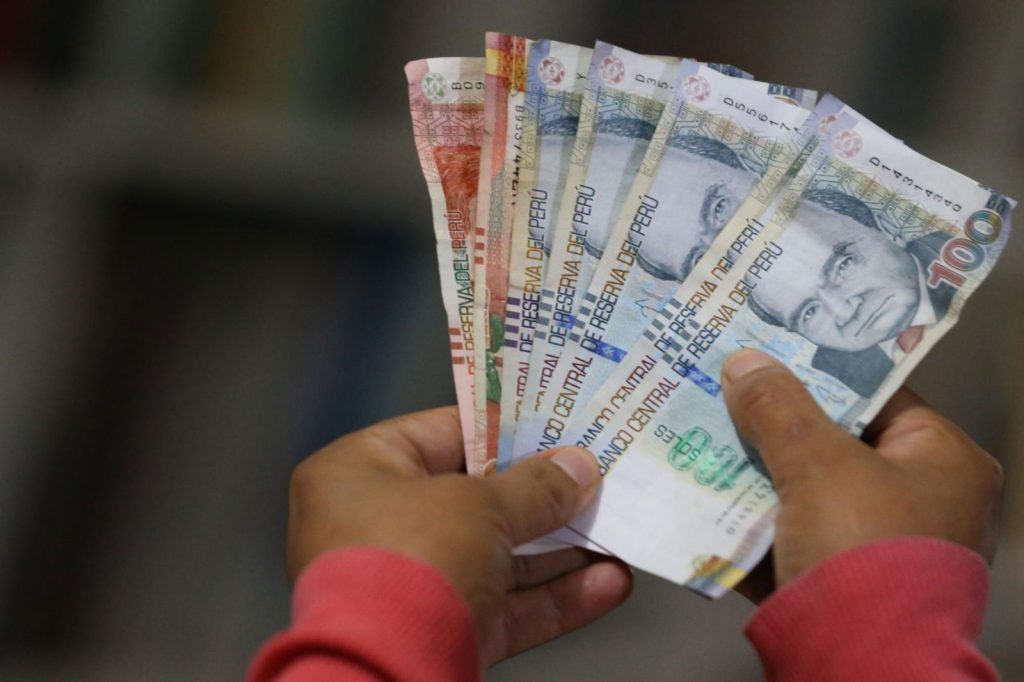Mpox remains a threat today, and the resurgence of cases due to clades Ia and Ib in the Democratic Republic of the Congo and other countries is a cause for concern for WHO.
Last Friday, August 23, Ruy López Ridaura, Undersecretary of Health Promotion and Prevention, confirmed that the new Mpox smallpox variant does not yet have a presence in Mexico and that the cases detected until August 12 are from a virus that began in 2022.
“All (the cases of Mpox detected in Mexico) are from Clade II, which was the cause of the epidemiological outbreak we had in 2022, and what the WHO is alerting us to is that there is this new outbreak, a variant of Clade I, and it has asked us to reinforce our systems. So far there are no (cases in Mexico) of this Clade, no,” he told the media.
López Ridaura stressed that following the epidemiological alerts sent by the World Health Organization, the Technical Advisory Committee of the Ministry of Health has been convened to verify the research procedures for the creation of the vaccine and thus address this disease.
Monkeypox is an infectious disease transmitted from wild animals to humans.
In Mexico, since it is not an endemic disease or constantly present in the country, transmission can mainly be through close contact:
- People infected through injuries, body fluids, respiratory droplets (including sexual relations).
- Objects contaminated (clothing, bedding, towels, etc.) with fluids from the infected patient or his/her injuries.
- The main symptoms of infection are:
- Sudden onset of fever (38 oC)
- Headache
- Exhaustion
- Muscle pain
- Swollen lymph nodes
- Deep weakness
- Rash, the first eruptions appear on the face, hands and later spread to the rest of the body.

















